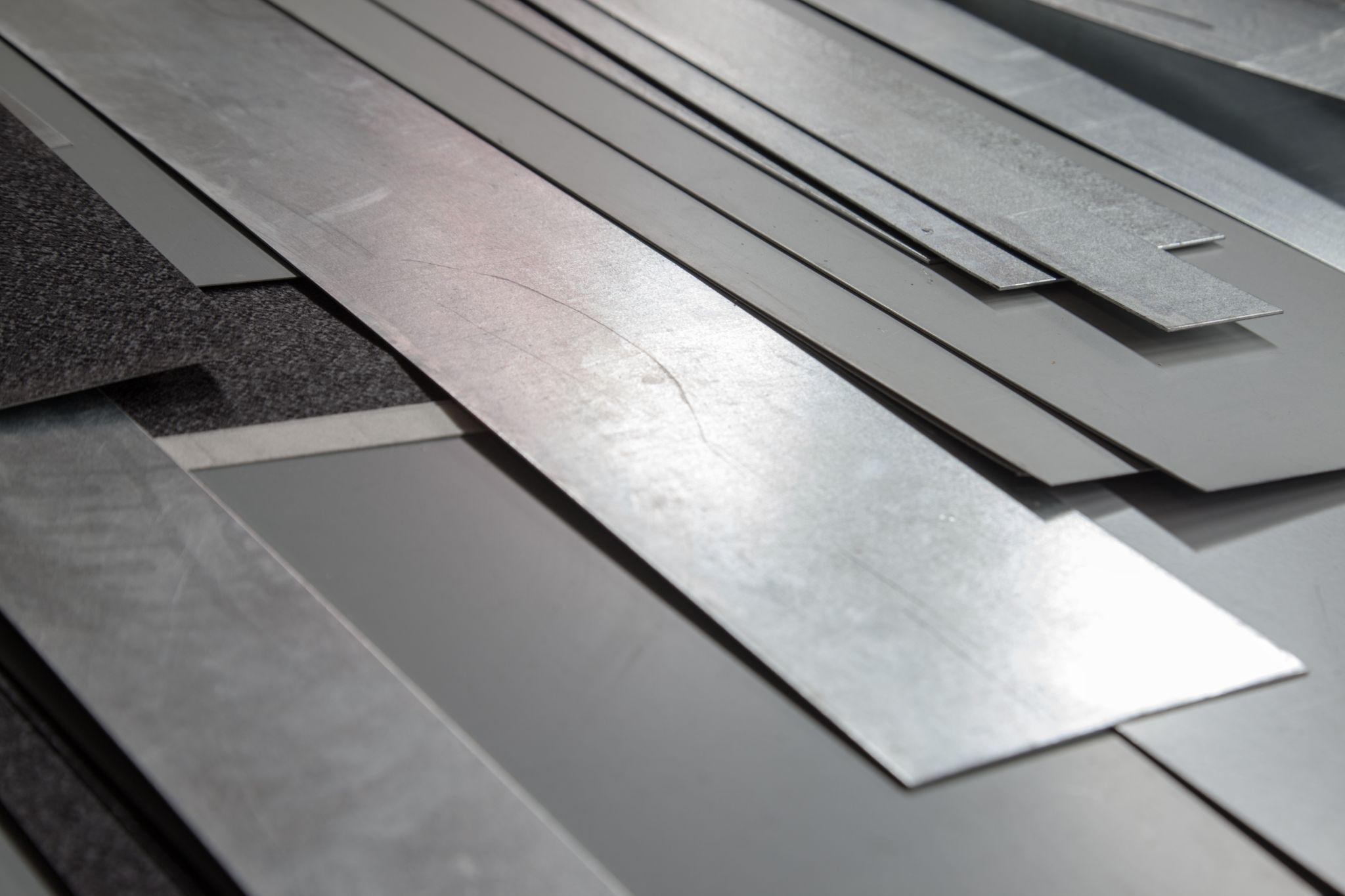Common Things Engineers Ask About Photochemical Etching: Oil Canning from Laser Cutting
November 2022
Metal fabricating applications can be very challenging and complex, so naturally, United Western Enterprises gets approached by engineers on a regular basis in search of better solutions for fabricating thin metal parts, and in most cases, photochemical etching services are the best option to meet every last challenge. Most engineers have a fine working knowledge and significant experience when it comes to fabrication processes that include punching, waterjet, stamping, laser cutting and wire EDM. However, not all engineers know where to turn to when a previously adapted manufacturing process creates problems significant enough that a new approach for fabricating metal parts is required.
Laser cutting is a common method for cutting metal, but in some cases oil canning can occur. This article will take a look at “oil canning” with the goal to help engineers learn more about the problem, and why photochemical etching is likely the best solution to their problem.
A Common Flaw in Fabricating Metal Parts: Oil Canning
Have you ever examined your metal parts only to discover a buckled look on flat metal surfaces? Perhaps you have seen wrinkles or waviness in the metal’s look. This is known as oil canning, and it’s a form of stress buckling that can happen on virtually any type of flat metal surfaces that include copper, steel, and aluminum, as well as many others. Oil canning can be easy to miss, especially in poorly lit factory settings. In fact, in many cases, a customer may receive a shipment of metal parts that display oil canning, but the flaw isn’t noticed until the part is in use, and if the construction phase has already started, businesses stand to lose a great degree of money and will need to seek metal part fabrication from another company that won’t make this same mistake.
What Causes Oil Canning in Fabricating Thin Metal Parts?
Oil canning and its wavy appearance is caused by stress to the metal. This can occur as early as the rolling process at the mill, but it can also occur while forming and slitting during the fabrication process. In addition, metal parts can receive additional stress when the metal sheet’s fastening points are being assembled if the structure in which they are a part of is moved, and the pieces conform due to setting, bowing or if they are poorly installed.
Can Oil Canning Be Prevented When Fabricating Thin Metal Parts?
Even though oil canning may not pose a structural concern, it may pose an issue if flatness is an issue such as in shims, or it can be merely an aesthetic eye sore, this flaw can be prevented by choosing a better production method. In addition, the choice of metal and the type can play a role in oil canning. It goes without saying that manufacturers try to minimize the risk of oil canning during the fabrication process. For example, if metal sheets are stretched beyond their yield during tension leveling, a flatter surface is created and becomes less prone to oil canning. But ultimately, a fabrication process that doesn’t place tension to the metal will play the biggest role in minimizing the risk of oil canning.
How Does Photochemical Etching Help to Prevent Oil Canning?
Photochemical etching doesn’t put any stress on the metal sheets. The process works by using computer-aided design (CAD) software and technology based on a client’s drawing or DXF / DWG file, which is taken by photo technicians and converted into a tool. The desired shape and other specifications are laid out and a photochemical resist is applied to thoroughly cleaned metal.The resist is light-sensitive and acid-resistant.
The coated metal is then placed between two pieces of tooling (the photographic film) where it is exposed to UV light. The exposed resist hardens leaving the shaded areas of resist soft. The resulting pieces are free from oil canning, burring, fractures, and other defects caused by manufacturing methods that use extreme heat or pressure. Because temperatures remain low during photochemical etching, and because there is no stress added to the metal, many engineers embrace photochemical etching to avoid oil canning and other devastating defects that can blow the budget out of control.
Call United Western Enterprises to Learn About Photochemical Etching, and So We can Learn About Your Project
United Western Enterprises, based in the Los Angeles area, operates within a 21,000 square foot facility where all services are conveniently offered under the same roof by the best engineers in the industry. Since 1978 we have been providing organizations spanning multiple industries with the best photochemical etching services in the country. Send us your file and call to learn more about our process. We will give you a quote, along with all the value points you will benefit from in joining a partnership with United Western Enterprises and our top photochemical etching teams of engineers and designers.
